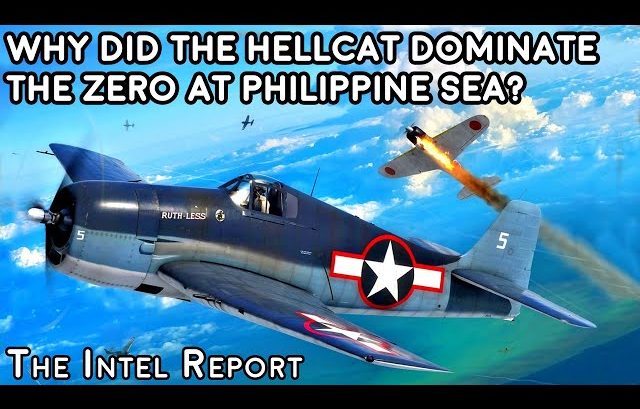During the battle of the Philippine Sea, the United States Grumman Hellcat was able to dominate was used to be the most feared aircraft in the Pacific- Imperial Japan’s Mitsubishi Zero.
No Match
The US emerged victorious during the Battle of Midway but realized that their best fighter carrier to combat the Zero- the F4F Wildcat, was still no match for the nimble Zero.
The Wildcat was deemed inferior in terms of incline, maneuverability, and speed.
True Air Superiority Fighter
At this point, the United States needed a next-generation fighter that could outperform its chief rival in the skies over the Pacific. Fortunately, they don’t have to wait that long.
As soon as they were in the hands of American pilots, the F6F Hellcat established a reputation of being a Zero killer. The Hellcat would eventually go on to score an astounding 13-1 kill-to-death ratio against Japan’s premium fighter.
Just In Time
The Hellcat arrived just when the US Navy needed it the most. Although it was not explicitly designed to fight the Zero, it was the ideal aircraft to neutralize the Zero’s best qualities.
Advantage
The plane’s armor protection allowed it to take a lot of punishment and enhance pilot survivability.
The Hellcat was also equipped with self-sealing fuel tanks substantially decreasing the risk of fire or explosions.
Biggest Advantage
However, the biggest advantage the Hellcat has over its adversary is its power. It’s equipped with the Pratt and Whitney r2800 double wasp.
With 18 cylinders and a powerplant that could produce up to 2,200 horsepower, the Hellcat was now superior to the Zero in terms of speed, rate of climb, and maneuverability.


